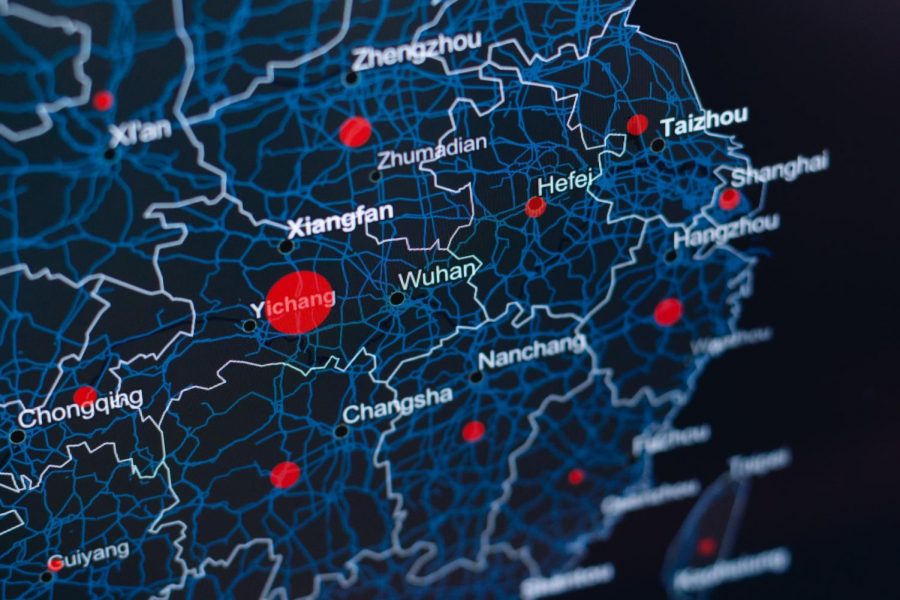What We Can Learn from China’s Approach to COVID-19
Here is a map showing COVID-19 cases in China on September 4th, 2020.Source: Center for Systems Science and Engineering (CSSE) at JHU
As the first responder to COVID-19, China has handled the outbreak in various ways, including imposing nationwide quarantine and self-isolation measures. Its approach provides a lesson for other countries on how to respond rapidly and effectively to the pandemic. China’s mistakes also emphasize the importance of transparency, thoroughness, and proper communication of data to the general public.
China’s lockdown in the Hubei Province of Wuhan on January 23rd, 2020, right before the Lunar New Year on the 24th, is seen as the first serious response to the Coronavirus pandemic. Roads were blocked and all transportation stopped. This slowed down the spread of COVID-19, with around half of China’s population trapped inside their own homes. However, people did not always report whenever they had symptoms, which did not help the case.
China’s previous experience with the SARS Epidemic in 2002 has also greatly impacted its response to COVID-19. The SARS Epidemic, still fresh in recent memory, made wearing masks common in Asian countries like China, but also made China more prepared for future pandemics such as the one that we are currently in.
China was able to quarantine the city of Wuhan right before a major traveling period that was about to happen, and they submitted a report to the World Health Organization (WHO) on December 31st, 2019.
However, China also made several mistakes of its own when dealing with COVID-19 that we can learn from. People did not always report whenever they had symptoms, which did not help the prevention of the spread of COVID-19. Along with this, China’s government, where the censorship of information is not uncommon, suffered from a lack of thorough data, which was also evident when they were dealing with SARS in 2002 to 2003. In fact, the first case of COVID-19 may have dated back to November 17th, 2019 —which could change how we view the history of COVID-19’s spread.
There is also a lack of transparency in China when dealing with COVID-19. In comparison to how the Chinese government dealt with SARS, where information was reported to the public through the news media, China’s government was silent about COVID-19 for months before contacting the WHO. There has also been a huge issue in dealing with censorship, as information of COVID-19 was censored on WeChat, and while information on cases has been released since then, there is no way to figure out if the information is accurate or not.
When asked about what the most important aspect of dealing with COVID-19 is, Carrisa Wu ’21 said, “I think it’s definitely public awareness. Right now, too many people choose not to believe in the science surrounding things like wearing masks. There are still people who believe that the Coronavirus is a hoax and that the number of deaths is largely inflated, and that right wing influencers in social media and the White House are only making it worse.”
China’s response to COVID-19 advocates for an immediate call-to-action. Their government’s blunders in providing timely communication to the public is something that should not be encouraged in other countries. In these trying times, the facts must be given to the public in order to spread awareness and thus to take proper action against the novel Coronavirus pandemic.
There is also a lack of transparency in China when dealing with COVID-19. In comparison to how the Chinese government dealt with SARS, where information was reported to the public through the news media, China’s government was silent about COVID-19 for months before contacting the WHO.
Donna Li is a Graphic Designer and Student Life Section Editor for 'The Observatory' yearbook. They find the research involved in journalistic writing...











